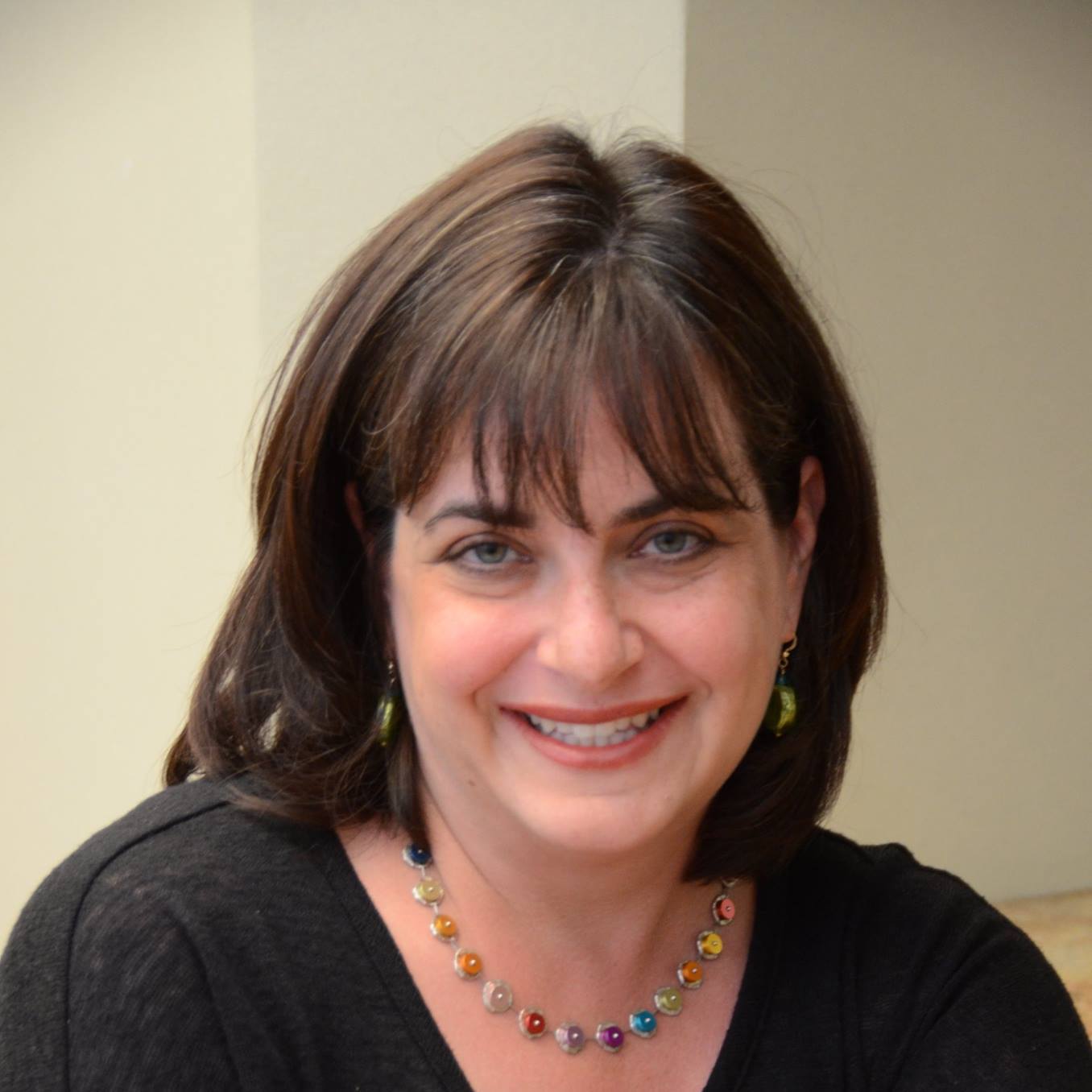Educational Advisory on the Armenian Genocide
In April 1915, the Ottoman government initiated plans to systematically destroy the Armenian population as it existed in the Ottoman empire. Their actions included (but were not limited to) forced displacement, starvation, imprisonment, and the use of the military and proxies to commit mass violence.

